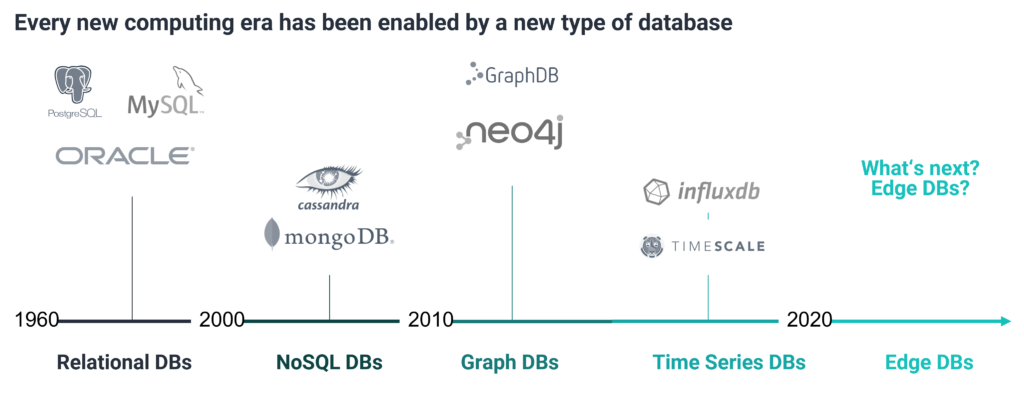Flutter Database options are still limited. We compare the available alternatives, and share performance benchmarks.
How to persist data in Flutter / Dart?
The database market is a long-established saturated market and still experiencing double-digit growth. Most of that growth stems from NoSQL databases and newer database technologies, like time-series databases or graph databases. As Computing is shifting towards Decentralized Computing on the Edge, local databases that support decentralized data flows on Mobile, IoT, and other Embedded Devices come into focus. Some come from the Flutter data persistence world, and we will take a look at them in a second.

Before we dive into the Flutter database options and compare them, we’re quickly carifying the term to make sure we share a common ground. Don’t worry, we’ll not get theoretical, but simply make sure we share a common language.




